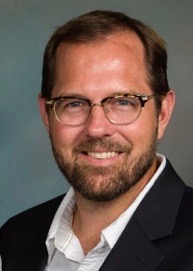As the 20th anniversary of the terrorist attacks of September 11, 2001 approaches, the Religious Freedom Institute (RFI) is looking back on the lessons American elected officials, diplomats, military leaders, national security experts, and religious freedom proponents have learned, and should continue to learn, from what led up to that horrific day and its aftermath. We focus attention, in particular, on the many religious factors surrounding 9/11. This article is the third in a series that RFI is publishing throughout this week.
***
In his 2008 book Nothing to Be Frightened Of, author Julian Barnes confesses, “I don’t believe in God, but I miss him.” Barnes went on to say, “Missing God is focused for me by missing the underlying sense of purpose and belief when confronted with religious art.” This characterization helps shed light on the poignant inadequacy I feel when visiting New York City’s 9/11 Memorial. Religion is nowhere represented in the memorial, even though religious understanding helps me to make sense of that day and gives meaning to the lives of the victims and heroes.
Have you ever visited New York’s 9/11 Memorial and Museum? The underground museum features a moving historical tableaux. Above ground is the memorial plaza—a massive, open space dotted with trees and dominated by two pools of water. Each pool is nearly a full acre in size, marking the foundations of the fallen north and south towers of the World Trade Center. Each features a waterfall, with water cascading thirty feet down into the bowels of the earth. These are reputedly the largest man-made waterfalls in America.
What strikes me on every visit, however, is the lack of spiritual and religious imagery and symbolism. I do believe that the architects intended to create a sense of peace through the use of light, space, trees, and falling water. The names of victims are listed, and it is certainly a profound place. But, peace is not quite the right word to describe the sense the memorial evokes there—pathos may better suit. When the memorial is not thronged with summer tourists, and I am able to reflect with less distraction, I find the environment to be plaintive, the atmosphere desolate. God is missing, or perhaps it is better to say that God was excluded.
The exclusion of God from our most recent public monuments, and the attempt to erase God from America’s past, is no secret. Opponents of America’s religious and cultural roots in Christianity seek to expunge the historical record by eliminating any religious representations of justice, peace, and faith, which are inherent to America’s heritage. Thankfully, the Supreme Court ruled in favor of allowing a memorial cross to continue to stand on public land. The monument was erected at the end of World War I in Bladensburg, Maryland (near Washington, D.C.), and this 2019 decision ensures that at least some of America’s historical and religious iconography will be allowed to remain, for now.
Religious symbols remind us not of exclusion, but precisely of America’s diversity, tolerance, and religious capital. By religious capital, I mean the rich human resources fostered by authentic faith communities through worship, charitable giving, and care for the vulnerable. America’s religious diversity goes all the way back to the Founding era when George Washington and other Founders made it clear that religious minorities—including Jews and Muslims—were welcome in the United States.
Today we seem to be at pains, however, to avoid religious symbols in public memorials. This is especially strange in monuments that honor the dead, such as the Oklahoma City Memorial or New York’s 9/11 Memorial. Such an absence is neither in tune with America’s past, nor with its vibrant religious culture today. Moreover, a religious understanding is exactly what helps us to make sense of 9/11 and other tragedies.
Ground Zero was undeniably a place of evil and destruction. How is it that we can unequivocally recognize that the actions of the terrorists were evil? Worldviews of materialism, social Darwinism, and nihilism do not have an adequate vocabulary to pass judgement on the hijackers, but the internal moral calculus even of a child knows that these deeds were evil. Many faith communities believe that this fundamental moral knowledge is stamped on the human heart by God. For many of these same faith communities, their religion also teaches that mass murder is evil because the people slaughtered were created in God’s image and likeness.
Ground Zero was also undeniably a place of heroism and sacrifice. We recognize the selfless service of medical, emergency, and law enforcement personnel. We recognize the tragedy of loss that has rippled across American families. We recognize the sacrifice that some made in staying behind to help their co-workers, or running toward danger rather than away from it. The passengers on Flight 93 fought back against the attackers to protect unseen fellow Americans on the ground. Religion helps the faithful to make sense of the moral worth of such sacrifice. As a Christian, I am inspired by these portraits that point to the sacrifice of Christ. The Bible states, “Greater love has no man than this: that he lay his life down for his friend.” How much greater, then, is the valor and compassion of those who died for strangers?
The 9/11 Memorial at Ground Zero lacks, as Barnes put it, the “purpose and belief” expressed in some art. God is missing. I am not arguing that we ought to erect a huge cross between the monument’s subterranean waterfalls. It is entirely appropriate to create a space to contemplate the tragedy of 9/11 and commemorate its victims. However, such a place should engender not just pathos, but hope. And it should do so in a way consonant with America’s religious diversity and religious heritage. We should not begin building with the premise that religious faith should be excluded from commemorations of tragedy, life, and death. For millions of Americans, it is religious faith that answers the very questions about ultimate meaning that such horrific events elicit.
The ephemeral, disappearing waters of the 9/11 memorial avoid, rather than answer, life’s greatest questions. The answers are found in religious faith.
***
Eric Patterson, Ph.D. serves as Executive Vice President of the Religious Freedom Institute. Patterson is scholar-at-large and past Dean of the Robertson School of Government at Regent University and a Research Fellow at Georgetown University’s Berkley Center for Religion, Peace & World Affairs.
THE RFI BLOG
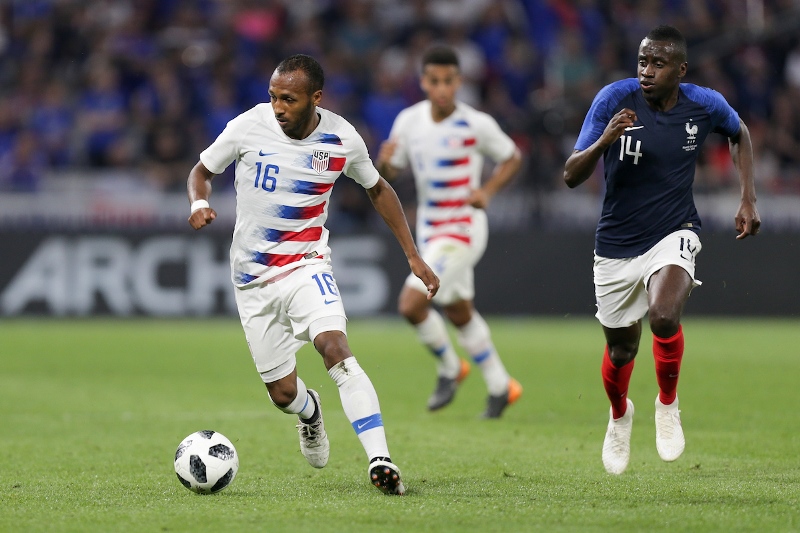
How Soccer Reveals Different Meanings Of ‘Secular’ In France And The US
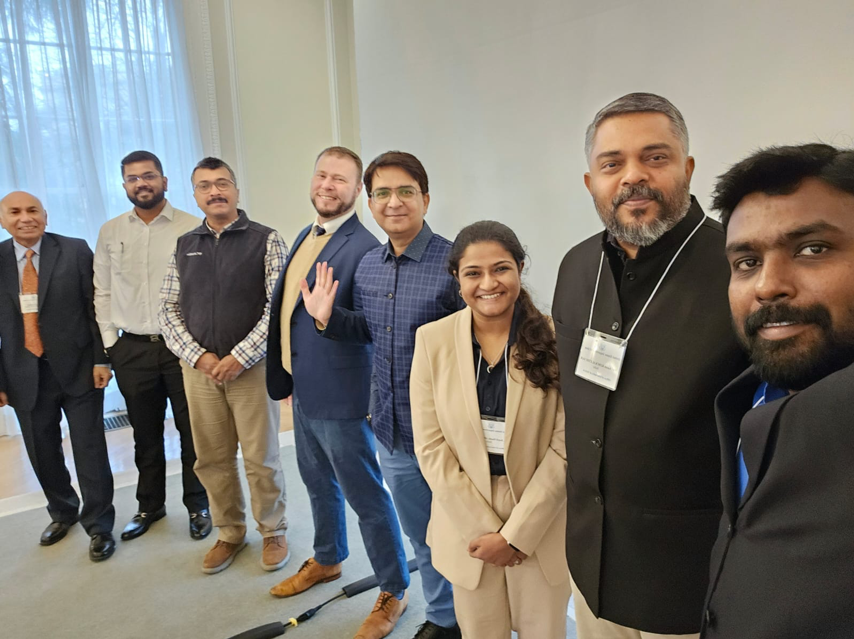
RFI’s Ismail Royer Meets with Delegation from India
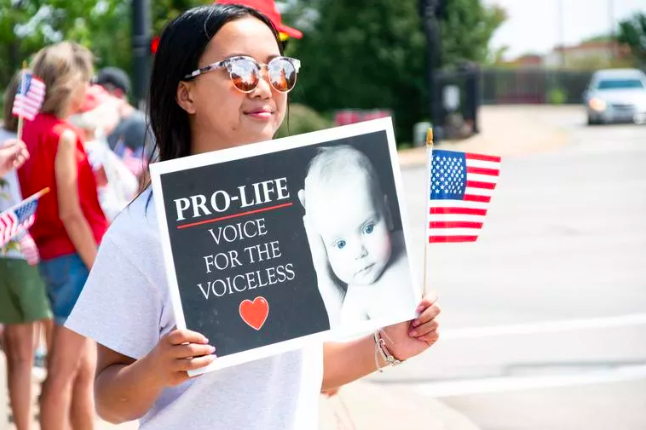
Protecting the Unborn, Mothers, and Medical Ethics: The Stakes of Arkansas’ Amendment
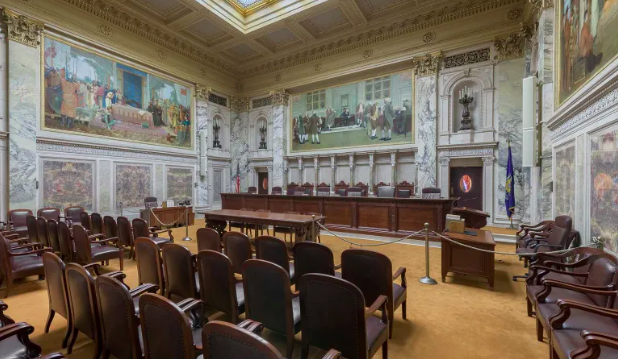
Wisconsin Supreme Court Punishes Catholic Charities for Serving Everyone
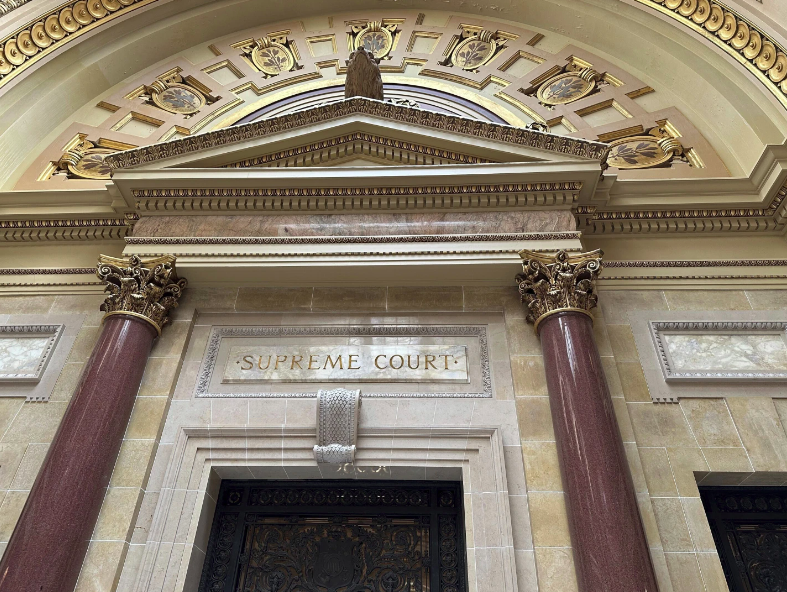
Wisconsin Supreme Court Decision Truncates Religion
CORNERSTONE FORUM

Public Bioethics & the Failure of Expressive Individualism

Religious Liberty in American Higher Education

Scotland’s Kate Forbes and the March of Secularism

70 Years of Religious Freedom in Sweden: Prospects and Challenges
